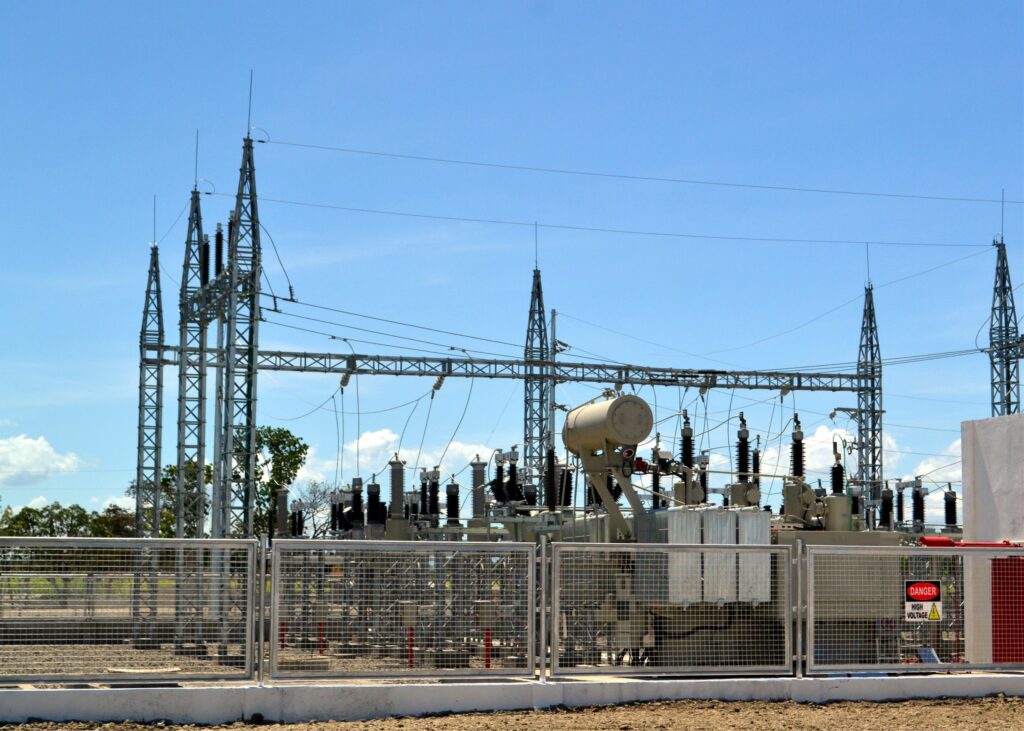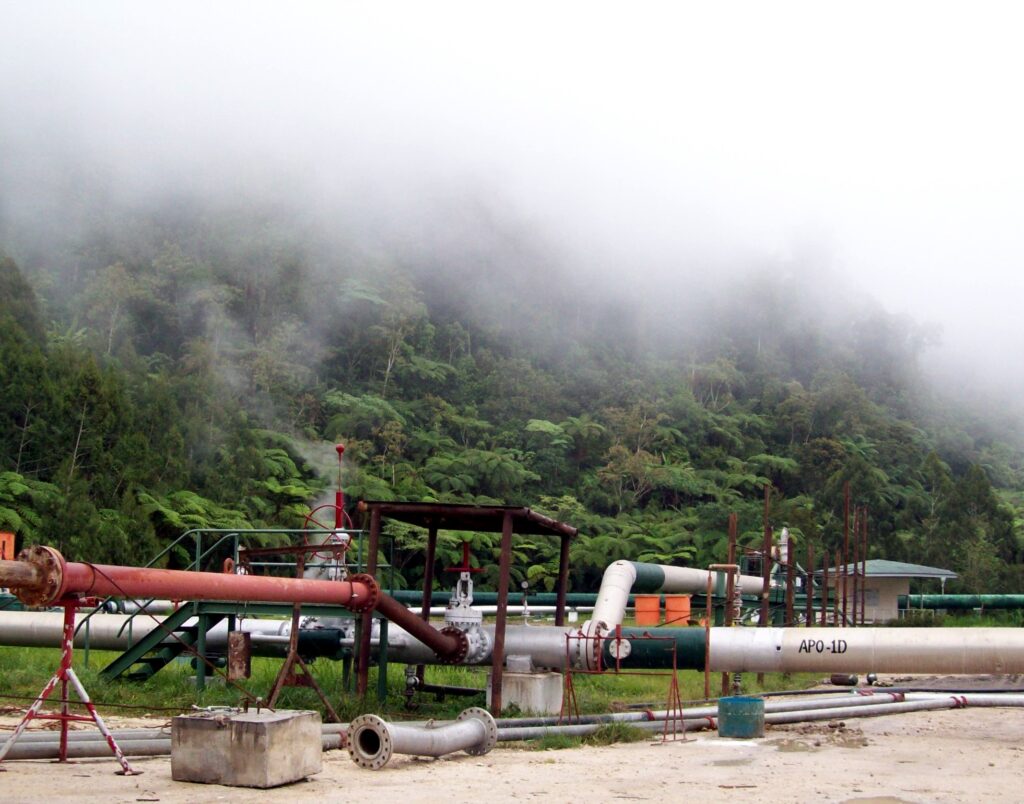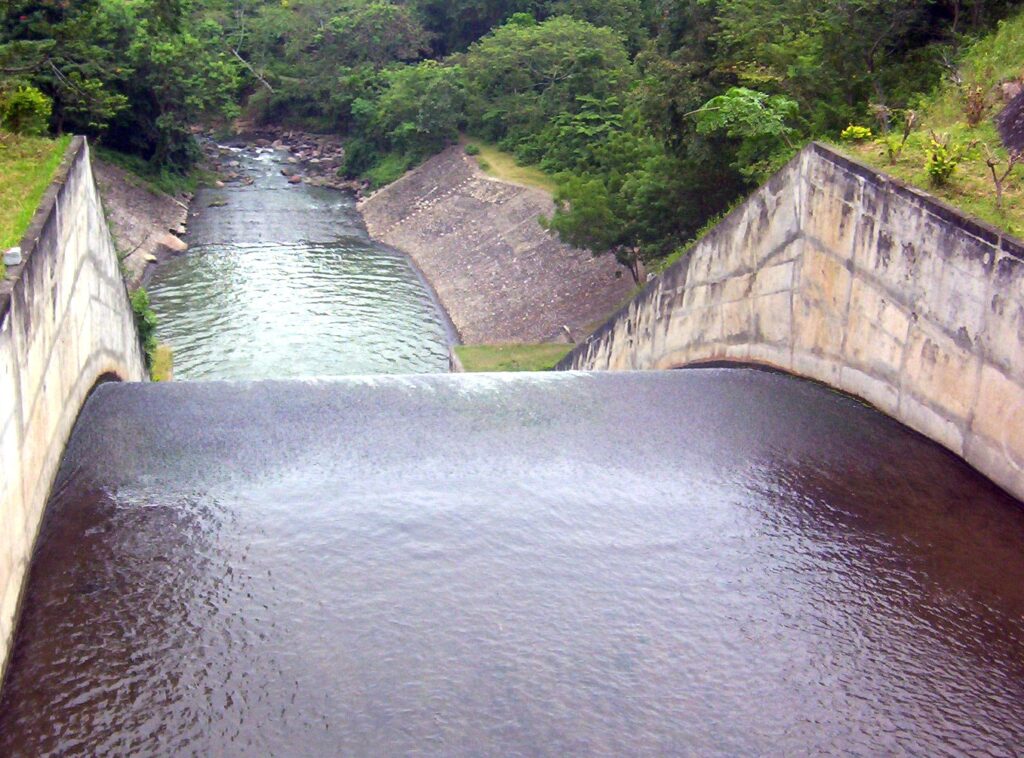RENEWABLE ENERGY: FUTURE’S SOURCE OF POWER
Text and Photos by Henrylito D. Tacio
Renewable Energy: Future’s Source of Power. AboitizPower Corporation, the largest owner and operator of renewable energy (RE) in the Philippines, is aiming to hit a 50:50 balance between its renewable and thermal portfolios by 2030 in support of the global movement for clean energy.
Underpinning this strategy are its plans to invest in more renewable energy projects, both here and abroad, while selectively building baseload power plants, particularly natural gas-powered, as these are still necessary to support the country’s growing energy needs.
“In the next 10 years, we will further grow our Cleanergy portfolio, both domestically and internationally, in an effort to help build the country’s renewable energy market and contribute to the global renewable energy goals. Last year was a year of plans, but this time around, we’re going to put those plans into action,” AboitizPower president and chief executive officer Emmanuel Rubio said.

Among Filipinos, “brown out” is very familiar. From time to time, there is almost always a power interruption. During the dry season months, brown out is a rule rather than an exception.
This problem of power shortage has been with us since the 1990s. In a lecture convened by the Press Foundation of Asia for community journalists in 1994, then undersecretary of the Department of Energy Rufino Bomasang aptly pointed out: “Our shortage of electricity is a real, serious problem that we cannot downplay. But if we focus exclusively on it, we run the risk of seeing just the trees and not the forest.”
Without electricity, economic progress will not prosper. “Two challenges face us in the energy sector in this country,” Bomasang said. “A short-term challenge is to be able to address this power shortage once and for all. The longer-term challenge is to find a solution to our continuing dependence on imported energy.”
Renewable energy seems to be the answer. In the keynote speech during the Forum on Making Renewable Energy a Vehicle of Inclusive Growth some years back, then Senator Loren Legarda pointed this out: “We are a country rich in renewable energy, the amount of sun and wind is more than enough to power our entire country many times over, and we must take greater steps to harness these abundant natural resources to ensure a sustainable future.”
Renewable energy is the power that is derived from natural processes that are replenished at a higher rate than they are consumed. “Renewable energy can produce energy in the form of electricity, heat, and transportation fuel,” wrote H. Steven Dashefsky, author of “Environmental Literacy.”

Renewable Energy: Future’s Source of Power. There are four reasons why renewable energy is being pushed as the future’s power source. For one, the sources are abundant; they can be found everywhere: air, water, oceans, land, down under and even from outer space.
For another, the sources are considered to be inexhaustible, even if continuously used by man. “The resources used are able to quickly replenish through time, unlike the dependable fuel of conventional energy sources,” stated the briefing paper on renewable energy.
Another reason: it complements other energy sources. This is very important, the briefing paper said, “to ensure energy demand is met reliably and consistently, and helps diversify the energy mix to take advantage of the benefits of each source of energy.”
But most importantly, renewable energy is environment-friendly as the sources are usually non-polluting and produce no hazardous materials. “Lower environmental footprint and greenhouse gas emissions help preserve the environment to ensure sustainability,” the briefing paper explained.
Currently, the reason why renewable energy is still not fully utilized is because of its high cost. Dashefsky begged to disagree. “Many renewable sources are already cost-competitive to fossil fuels and will become even less expensive when used on a larger scale,” he pointed out.

Janet Sawin, a senior fellow at the Worldwatch Institute in Washington, D.C. and an expert on international energy and environmental policy, seemed to support the idea. “Renewable energy technologies are now ready for use on a large scale and have the potential to meet world energy demand many times over,” she said.
The Philippines has a wide array of available renewable energy sources. These are geothermal, solar, wind, biomass, and hydropower. Geothermal energy is derived from the heat that is given off the Earth, or steam, to spin turbines. Solar energy is harnessed from the energy of sunlight via photovoltaic or solar panels. Wind energy is harnessed from conversion of kinetic energy from the wind to mechanical energy to turn wind turbines.
Biomass energy, on the other hand, is produced from organic materials like plants and animals; the most common sources are wood, crops, manure (biogas is an example), and some rubbish (garbage). Hydropower is derived from the movement of water, such as water running through turbines in a dam or by diverting the flow of water from rivers to spin turbines.
The Philippine Energy Plan 2012-2030, for instance, sets a framework for the development of energy resources in the country.
The Republic Act 9513 or Renewable Energy Act of 2008 was passed giving way to the development, utilization and commercialization of renewable energy resources and for other purposes.
RA 9513 provides incentives to renewable energy producers, including tax holidays, special tax rates, duty-free importation of equipment, and special Feed-in Tariff (FIT) rates. FIT are guaranteed electricity rates given to qualified renewable energy producers that are meant to incentivize the development of renewable energy technology.
For another, RA 9513 legislated the creation of Renewable Portfolio Standard (RPS), a Renewable Energy Market (REM), and a Green Energy Option (GEO) system. In RPS, the minimum percentage of energy generation must come from renewable energy sources.
Renewable Energy: Future’s Source of Power. REM is a market of trading electricity from renewable sources. GEO is a proposed program that will allow consumers to choose and directly contract renewable energy sources as their sources of energy.

Despite the surging popularity of renewable energy, it still has its own limitations. The briefing paper, which this author obtained, cited six constraints: intermittency, scalability, lack of storage capability, higher generation costs, high tariffs, and permitting issues.
Intermittency are natural factors that may affect the availability of energy source, such as weather conditions, season and location. Scalability happens when renewable energy sources cannot generate large quantities of electricity (large infrastructure and land requirements are also needed to install bigger capacities).
High tariffs, the briefing paper said, is due to FIT, passed on to the cost of electricity paid by consumers. On permitting issues, the briefing paper explained: “Acquiring all the necessary permits takes a lot of time, especially when projects span multiple municipalities and barangays.”
Whether the Philippines experience another power crisis, renewable energy is here to stay. “The Philippines will continue its progress in developing renewable sources of energy, following its current roadmap through the Philippine Plan 2012-2030,” the briefing paper said.
Not only that. It has been seen that more and new existing generation companies will continue to develop renewable sources of energy. New projects and development will help boost the renewable energy portfolio of the country, it added.
“These efforts will help ensure the environmental sustainability of the country’s energy mix as it continues to address concerns on energy security and energy equity,” the briefing paper concluded.
“When renewable energy act was passed back in 2008, renewable energy already accounted for less than 40%, around 35% to 40% of our energy mix,” Monalisa Dimalanta, chairperson of the National Renewable Energy Board, was quoted as saying. “So, that was our starting point. We counted from 35 to 40 percent to further grow the share of renewable energy by the passage of the RE Act.”
Meanwhile, AboitizPower is working on several renewable energy projects with a primary focus on solar, wind and hydro. AboitizPower recently completed the commissioning of two wind met masts in Pangasinan and targets to start construction on a 50 megawatts (MW) solar project in Luzon within the second half of 2021.
Renewable Energy: Future’s Source of Power. In addition to 815 MW of service contracts already secured and in various phases of development, AboitizPower’s team dedicated to RE is also identifying and evaluating additional pipeline projects, most of which are based in Luzon. Current activities are focused on permitting, feasibility studies, and tendering.
“This transition is not easy, but is definitely achievable. It is possible with the private sector and the government working together to ensure that the country’s renewable energy supply is more sustainable,” Rubio added.

